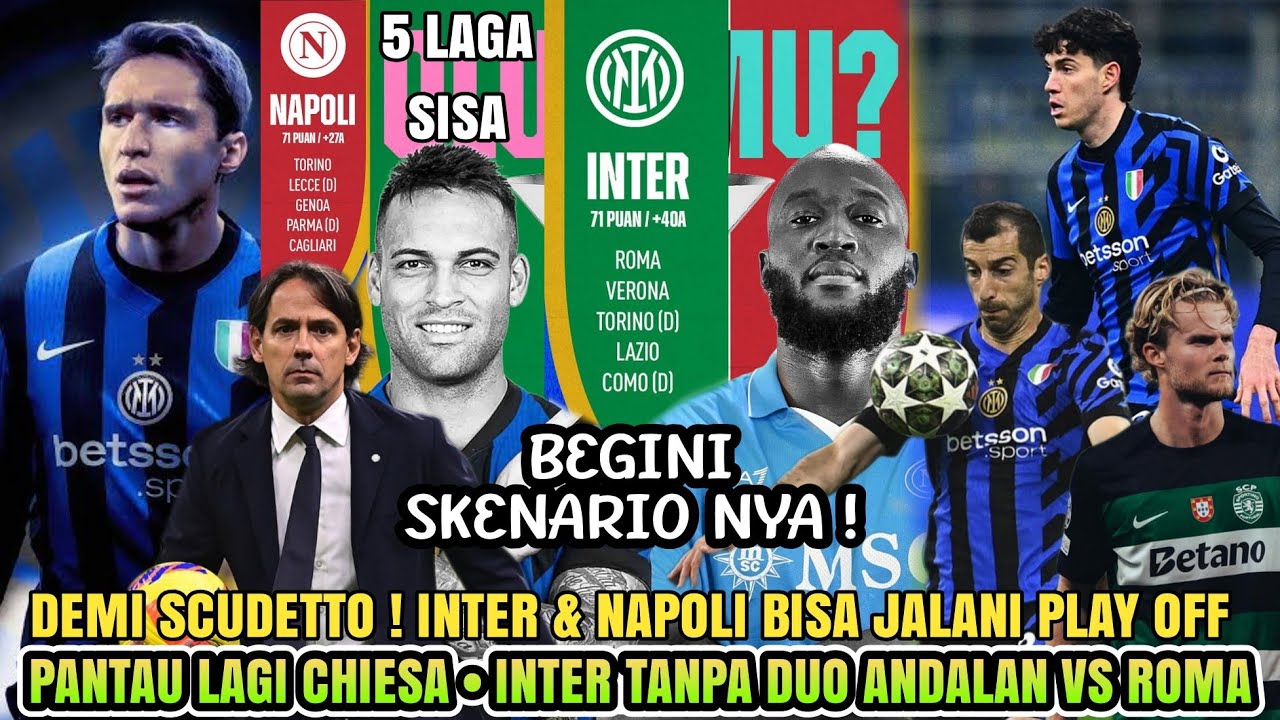In the intricate world of football transfers, the initial fee paid for a player often grabs the headlines. Yet, for financially savvy clubs like Inter Milan, the real long-term value can lie in the fine print of the contract – specifically, the clauses dictating future revenues. Beyond the immediate cash injection from selling youth prospects, Inter has mastered the art of securing a piece of the action should those players move again, potentially years down the line.
Recent figures highlight this strategy`s effectiveness. Inter has reportedly generated over €21 million from the sales of several young players in recent seasons. Names like Oristanio, Filip Stankovic, Zanotti, Satriano, Agoumé, and Colidio feature on this list. And this is just the tip of the iceberg, with further income expected from deals involving Aleksandar Stankovic, Buchanan, and Seba Esposito. While these initial sums are crucial for reinvestment, Inter`s foresight ensures these players could become recurring revenue sources.
The Art of the Sell-On Clause
Inter`s approach is clear: when a young player leaves, the club rarely severs ties completely. The aim is to retain either a degree of control or, more commonly, a financial stake in the player`s future success. This is achieved through two primary mechanisms:
First, the buy-back clause. This gives Inter the option to re-sign a player for a pre-agreed fee or valuation if he develops significantly elsewhere. This mechanism is reportedly being considered for Aleksandar Stankovic`s potential move to Bruges and Buchanan`s transfer to Sassuolo. It’s a way to effectively «loan» a player with an option to recall them if they flourish into first-team material without risking them being snapped up by a competitor.
Second, and perhaps more consistently applied, is the sell-on clause. If a buy-back isn`t feasible or desired, Inter ensures it receives a percentage of any future transfer fee should the player be sold by their new club. This is a common practice among top clubs, acting as a long-term hedge and a reward for the initial investment in the player`s development.
Examples in Action: From Venezia to River Plate
The impact of these clauses is best illustrated by specific cases from Inter`s recent transfer activity:
- Gaetano Oristanio: Sold to Venezia for €4 million. With Venezia`s recent relegation, a move for the player seems probable. Inter stands to receive a significant 30% of whatever Venezia earns from his next sale.
- Filip Stankovic: Also moved to Venezia, for €1.5 million. His sell-on clause is notably high at 50%. This percentage not only guarantees a substantial payout if he moves again but also effectively means Inter could buy him back for half the market price if they chose to exercise a hypothetical buy-back option or negotiate based on this figure.
- Mattia Zanotti, Martin Satriano, Facundo Colidio: These players were sold to Lugano (€2.5m), Lens (€5m), and River Plate (€4.4m) respectively. For each of these deals, Inter secured a sell-on percentage ranging between 20% and 30% of future transfer fees.
These percentages, seemingly small on their own, can accumulate into substantial sums over time, especially if these players move to bigger clubs for higher fees later in their careers.
The Agoumé Enigma: A Layered Deal
Perhaps the most complex and fascinating example is that of French midfielder Lucien Agoumé. Signed in 2019 from Sochaux for around €4.5 million, Agoumé spent several seasons out on loan (Spezia, Brest, Troyes) before finally finding his footing at Sevilla. His performances there convinced the Spanish club to make his move permanent last summer for €4 million.
However, the deal came with a decidedly technical twist. Inter included a 50% sell-on clause for any future transfer fee Sevilla receives for Agoumé. But here`s the kicker: Sevilla has the option to reduce Inter`s percentage to just 10% by paying Inter an *additional* €4 million. It`s a contractual puzzle that offers Sevilla flexibility (pay more now for a lower future percentage) and guarantees Inter a decent return either way (a potential 50% slice or an immediate extra €4m plus a 10% slice).
It serves as a prime example of the increasingly sophisticated contractual engineering happening behind the scenes in modern football, far removed from the simple player-for-cash exchanges of yesteryear.
Long-Term Vision
This strategy isn`t just about squeezing every last euro out of outgoing players; it`s a fundamental part of Inter`s financial sustainability and squad building. By retaining these future revenue rights, the club mitigates the risk associated with developing youth players – acknowledging that not all will make it to the first team – while ensuring they benefit financially if a player reaches their potential elsewhere.
So, while fans focus on incoming transfers and starting lineups, rest assured that somewhere in Inter`s financial department, accountants are tracking player movements across Europe and beyond, clipboard in hand, ready to calculate the next installment from a deal struck years ago. It`s the less glamorous side of the game, perhaps, but undeniably crucial to the club`s economic health and competitive future.
© 2024 [Your Name/Website Name or just a placeholder]

